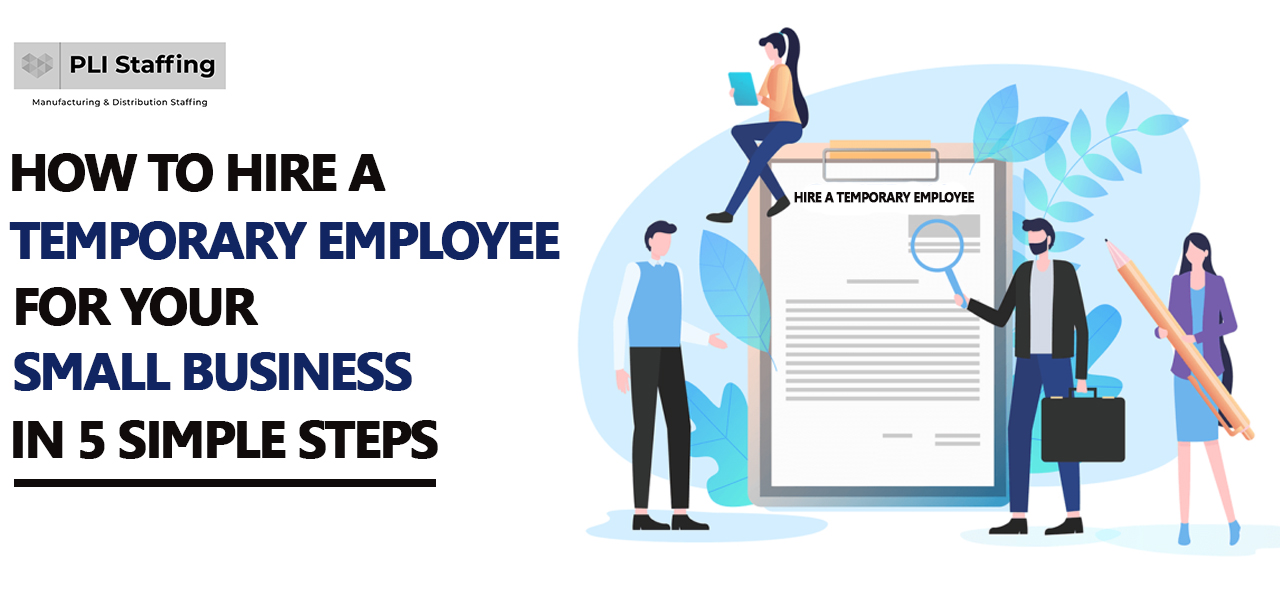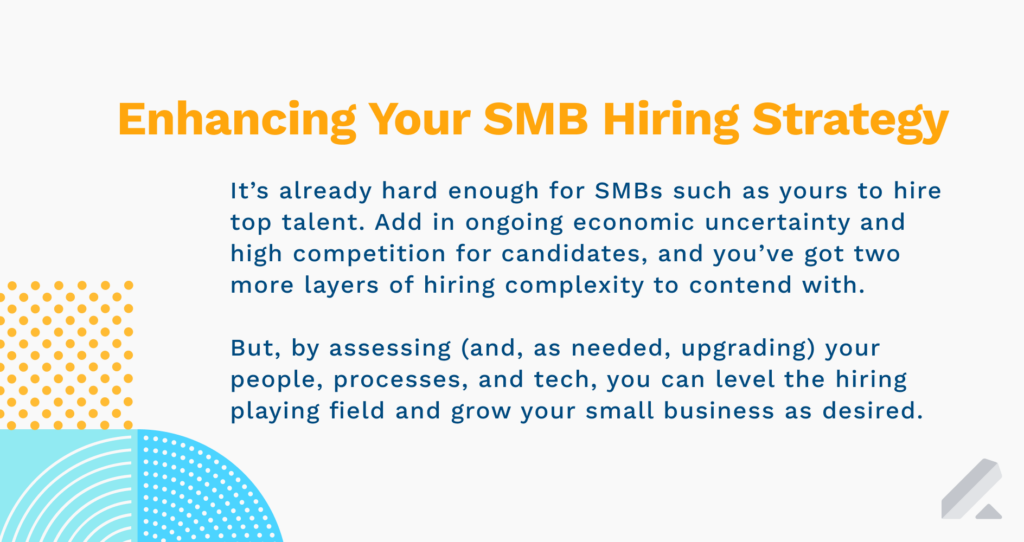How To Hire Employees For Small Business

Small businesses face a critical hurdle: attracting and retaining talent. Without a strategic hiring process, businesses risk stagnation and missed opportunities for growth.
This article provides a streamlined guide to help small business owners navigate the complexities of hiring, ensuring they secure the right employees to drive success. We will cover all aspect from the necessary preparation, the effective recruitment strategy, and all the way to the onboarding processes.
Prepare for the Hiring Process
Before posting a job, define the role's exact responsibilities and required skills. A clear job description attracts qualified candidates and saves time by filtering out irrelevant applications.
Determine a competitive salary range based on industry standards and your budget. Sites like Glassdoor and Salary.com offer valuable insights into salary expectations for similar roles.
Identify your company's unique selling points to attract top talent. What makes your business a great place to work? Highlight these benefits in your job postings and during the interview process.
Recruitment Strategies for Small Businesses
Utilize free job boards like Indeed and LinkedIn to maximize your reach. Tailor your job postings to each platform, emphasizing relevant keywords and benefits.
Tap into your network for referrals. Employees are often the best source of qualified candidates. Offer incentives for successful referrals to encourage participation.
Consider local colleges and universities for entry-level positions and internships. Partnering with educational institutions can provide access to a pool of eager and talented individuals.
Effective Interview Techniques
Prepare a structured interview process with standardized questions for each candidate. This ensures a fair and consistent evaluation.
Focus on behavioral questions to assess a candidate's past performance and predict future behavior. Ask candidates to provide specific examples of how they handled challenging situations.
Include a practical skills assessment or work sample to evaluate a candidate's abilities firsthand. This can provide valuable insights beyond what a resume or interview can reveal.
Making the Right Hiring Decision
Check references thoroughly to verify a candidate's qualifications and work history. Look for consistent patterns and red flags.
Trust your gut feeling but rely on data and objective assessments. Do not let personal biases influence your decision-making process.
Clearly communicate the job offer, including salary, benefits, and start date. Be transparent and upfront to avoid misunderstandings.
Onboarding and Employee Retention
Create a structured onboarding program to help new employees integrate into the company culture and understand their roles. Provide ongoing training and support.
Offer opportunities for professional development and growth. Investing in your employees' skills can increase their engagement and loyalty.
Regularly solicit feedback from employees and address their concerns promptly. A positive work environment fosters employee satisfaction and retention.
According to a 2023 SHRM (Society for Human Resource Management) study, companies with strong onboarding processes experience 50% higher new hire retention.
Legal Compliance
Ensure compliance with all relevant labor laws, including anti-discrimination laws and wage and hour regulations. Consult with an HR professional or attorney to stay up-to-date on legal requirements.
Properly document all stages of the hiring process, from job postings to interview notes. This documentation can protect your business from potential legal challenges.
Use standardized employment contracts that clearly outline the terms and conditions of employment. Have an attorney review your contracts to ensure they are legally sound.
Next Steps
Implement these strategies immediately to improve your hiring process and attract top talent. Regularly review and update your approach to stay competitive in the ever-changing job market.
Consider seeking guidance from a professional HR consultant for personalized support. Investing in expert advice can save time and money in the long run.
Continuously monitor your employee turnover rate and identify areas for improvement. A high turnover rate indicates underlying problems that need to be addressed.
















![How To Hire Employees For Small Business How to Hire Employees in 7 Steps [+ Free Checklist]](https://fitsmallbusiness.com/wp-content/uploads/2020/07/how-to-hire-employees.jpg)

